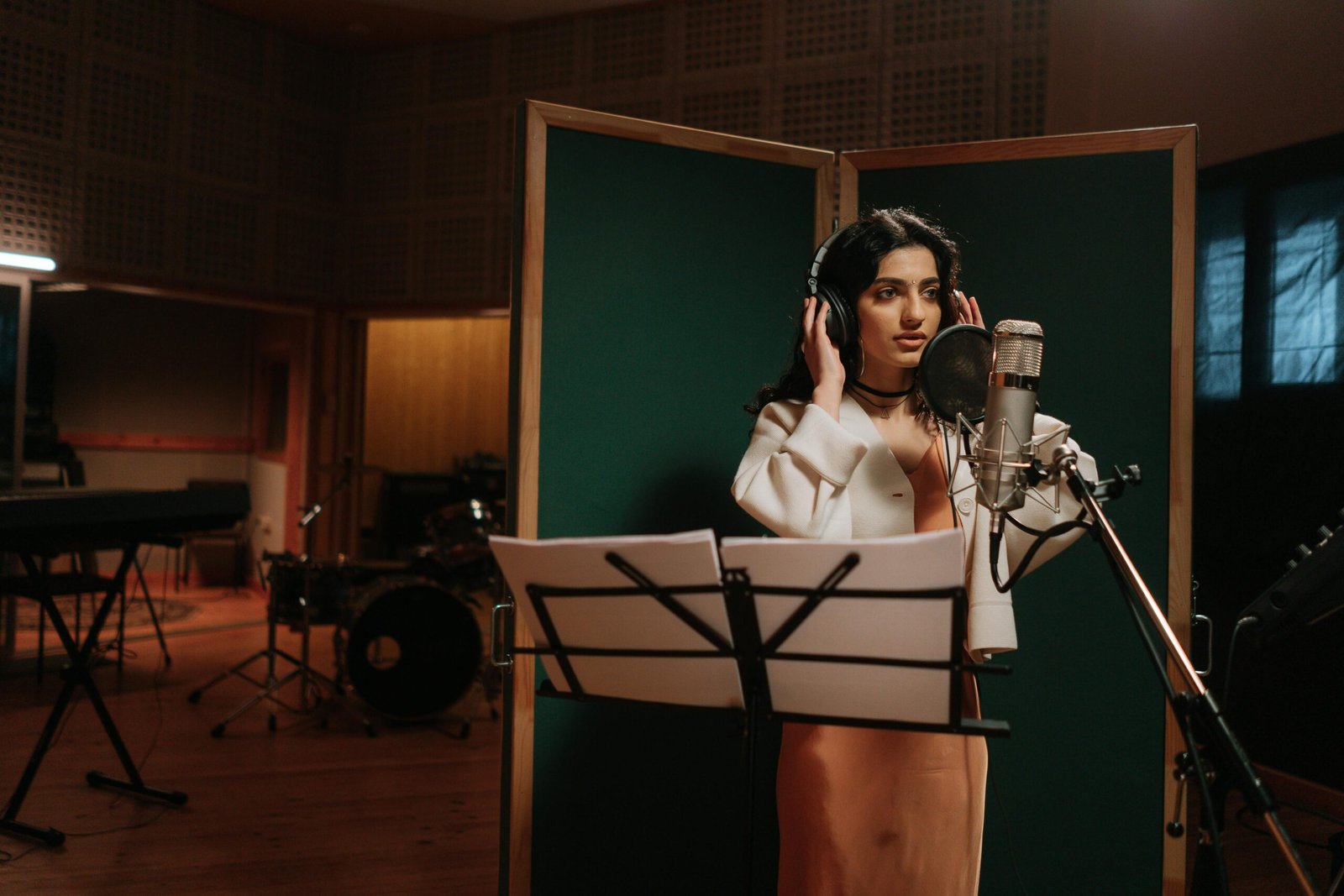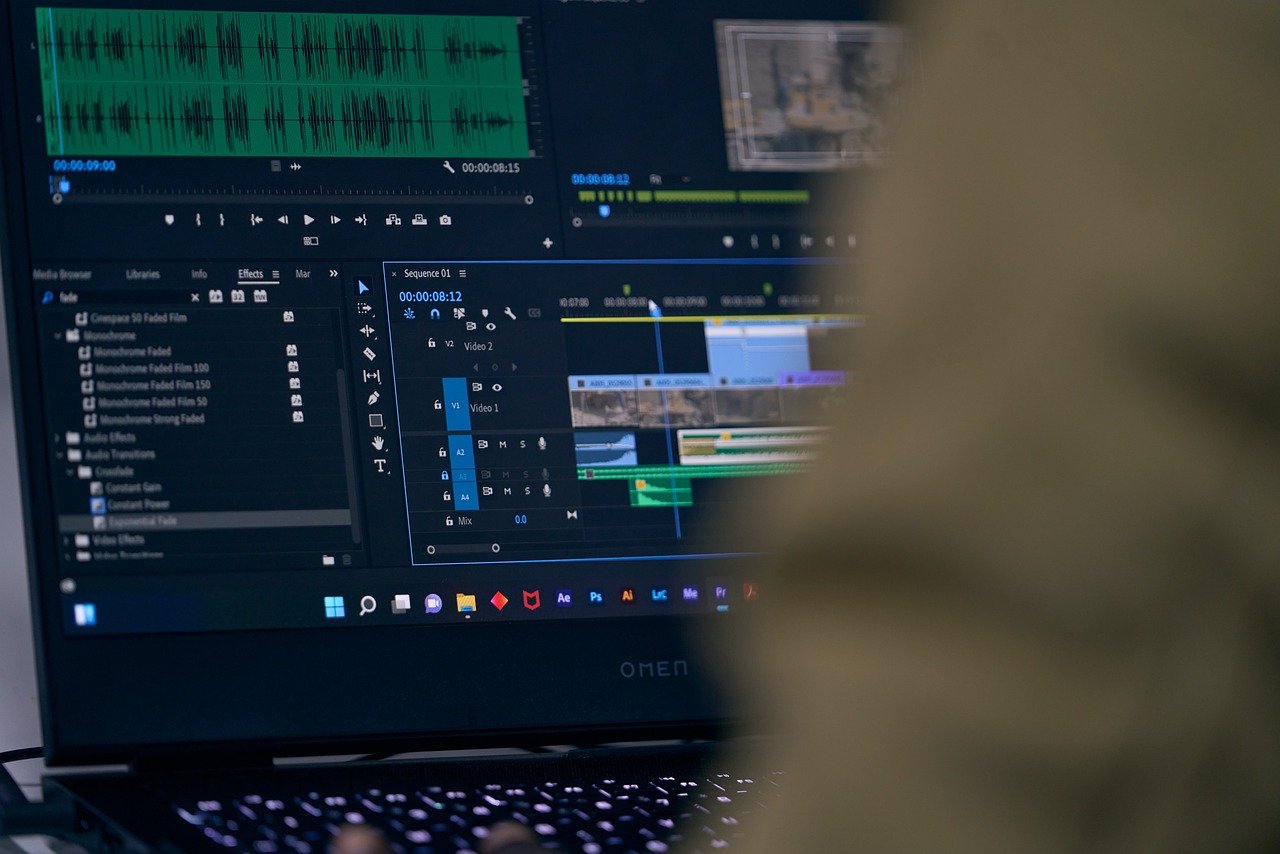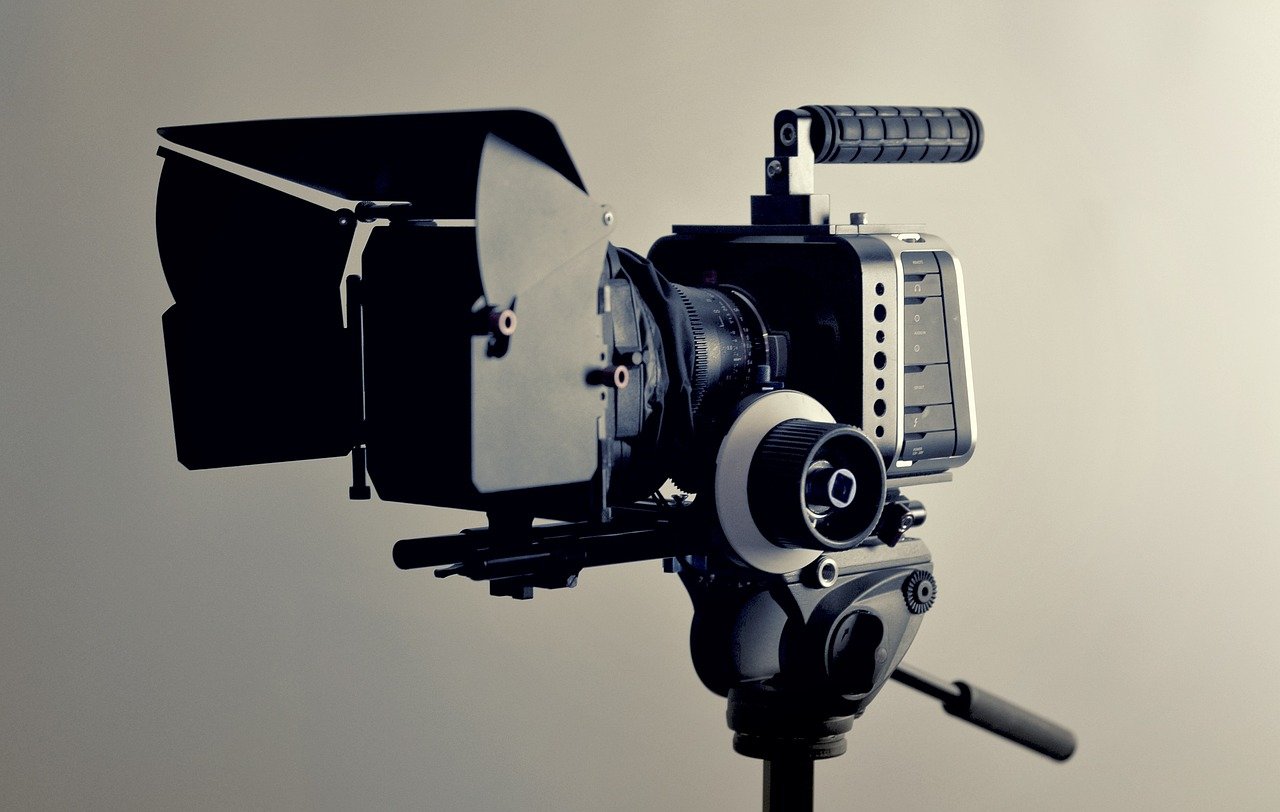Music Video Videographer: Capturing the Rhythm of Visual Storytelling Introduction In today's digital age, music…
Storytelling in Videography: A Complete Guide to Visual Storytelling
Storytelling in videography is the cornerstone of captivating visual content. Whether you’re producing a short film, a documentary, or a corporate video, the ability to tell a compelling story can set your work apart. Let’s dive into the art of visual storytelling and explore how you can craft engaging narratives through videography.
The Basics of Visual Storytelling
What is visual storytelling?
Visual storytelling is the art of conveying a narrative through visual media. It involves using images, sequences, and visual cues to tell a story without relying solely on words.
Key elements of visual storytelling
- Imagery: The visual elements that create the scenes.
- Sequence: The order in which events unfold.
- Symbolism: Using symbols to convey deeper meanings.
- Emotion: Evoking feelings through visuals.
Developing a Narrative
The foundation of a good story
A strong narrative is essential for effective storytelling. It provides structure and direction, guiding the audience through the plot.
Crafting a compelling narrative
Start with a clear beginning, middle, and end. Introduce your characters and setting early, build tension and conflict in the middle, and resolve it all by the end. Keep your audience engaged by creating relatable and memorable characters.

Character Development
Importance of characters in storytelling
Characters are the heart of your story. They drive the plot and connect with the audience on an emotional level.
Techniques for developing characters
- Backstory: Give your characters a history that informs their motivations.
- Depth: Create multi-dimensional characters with strengths and flaws.
- Arc: Ensure characters evolve throughout the story.
Plot Structure
Understanding plot structure
A well-structured plot is crucial for pacing and engagement. Common plot structures include linear, non-linear, and circular narratives.
Types of plot structures
- Linear: Events unfold in chronological order.
- Non-linear: The story jumps between different times and perspectives.
- Circular: The story ends where it began, creating a full circle.
Creating a Storyboard
Purpose of a storyboard
A storyboard is a visual representation of your narrative. It outlines each scene, shot by shot, helping you plan and visualize the flow of your story.
Steps to create an effective storyboard
- Outline your script: Break down the narrative into scenes.
- Sketch each scene: Draw simple frames to represent shots.
- Add details: Note camera angles, movements, and key actions.

Using Symbolism
Role of symbolism in storytelling
Symbolism adds depth and layers to your story, allowing you to convey complex ideas and themes through visual elements.
Examples of effective symbolism
- Colors: Different colors can evoke specific emotions or signify themes.
- Objects: Everyday items can represent larger concepts (e.g., a broken clock symbolizing lost time).
Emotional Engagement
Techniques to engage viewers emotionally
- Relatable Characters: Create characters that viewers can empathize with.
- Realistic Scenarios: Use situations that reflect real-life experiences.
- Emotional Music: Pair scenes with music that enhances the mood.
Importance of emotional connection
Emotional engagement keeps viewers invested in your story, making them more likely to remember and share it.
Pacing and Timing
Importance of pacing in storytelling
Pacing affects how your story unfolds and how engaged your audience remains. Too fast, and you risk losing depth; too slow, and you risk losing interest.
How to manage timing effectively
- Varying Scene Lengths: Mix short, impactful scenes with longer, detailed ones.
- Cliffhangers: End scenes or chapters with unresolved tension to keep viewers hooked.
Visual Metaphors
Definition and examples of visual metaphors
Visual metaphors use imagery to represent abstract concepts. For example, a stormy sky might symbolize turmoil or conflict.
How to incorporate metaphors into your story
Integrate metaphors subtly into your scenes, ensuring they enhance rather than overshadow the narrative.

Building Tension
Techniques for creating tension
- Uncertainty: Keep the audience guessing about outcomes.
- Conflict: Introduce and escalate conflicts.
- Timing: Delay resolutions to build suspense.
Role of tension in storytelling
Tension keeps viewers on the edge of their seats, eagerly anticipating the next development.
Resolution and Climax
Crafting a satisfying climax
The climax is the peak of your story, where the main conflict reaches its highest point. Ensure it’s impactful and memorable.
Ensuring a strong resolution
Wrap up your story by resolving major plot points and providing closure to your characters’ arcs.
Storytelling Through Editing
Editing techniques that enhance storytelling
- Montage: Combine short clips to condense time and convey information quickly.
- Cross-cutting: Alternate between different scenes to create tension or show parallel actions.
Examples of effective editing
Think of the fast-paced editing in action sequences or the slow, deliberate cuts in dramatic moments.

Voiceover Techniques
Using voiceover to tell a story
Voiceovers can provide context, offer insights into a character’s thoughts, or guide the audience through complex narratives.
Tips for effective voiceover narration
- Match Tone: Ensure the voiceover tone matches the scene’s mood.
- Pacing: Synchronize narration with visual pacing.
Visual Themes
Establishing visual themes
Visual themes create a consistent aesthetic that enhances your story’s mood and message.
Consistency in visual themes
Maintain uniformity in color palettes, lighting, and visual motifs throughout your project.
Using Music to Tell a Story
Impact of music on storytelling
Music can set the tone, convey emotions, and enhance dramatic moments.
Choosing the right music
Select tracks that complement the scene’s mood and match the pacing of your story.

Perspective and Point of View
Importance of perspective in storytelling
Perspective shapes how the audience perceives the story and connects with the characters.
Different points of view in videography
- First-person: Immerses the audience in the character’s experience.
- Third person: Offers a broader view of the narrative.
Storytelling in Short Films
Unique aspects of short film storytelling
Short films require concise and impactful storytelling, focusing on essential elements due to limited runtime.
Examples of successful short films
Consider films like Pixar’s “Bao” or “Paperman,” which tell rich stories in just a few minutes.
Storytelling in Documentaries
Techniques specific to documentary storytelling
Documentaries often blend factual content with compelling narratives to engage and inform the audience.
Engaging the audience with real-life stories
Highlight personal stories, use archival footage, and conduct powerful interviews to create an emotional connection.

Storytelling for Corporate Videos
Importance of storytelling in corporate videos
Storytelling can humanize a brand, making its message more relatable and memorable.
Tips for creating compelling corporate stories
- Focus on Values: Highlight the company’s mission and values.
- Use Real Stories: Feature testimonials or case studies.
Advanced Storytelling Techniques
Innovative storytelling techniques
Explore techniques like non-linear narratives, unreliable narrators, and multi-perspective storytelling to add depth and complexity to your stories.
Examples of advanced storytelling
Films like “Pulp Fiction” and “Memento” demonstrate creative storytelling methods that challenge traditional narrative structures.

Conclusion
Storytelling in videography is a multifaceted craft that combines narrative, visual, and emotional elements to create engaging content. By mastering these techniques, you can enhance your videography projects and connect more deeply with your audience. Remember, the key to great storytelling is not just in the telling but in the showing.
FAQs
What is visual storytelling in videography?
Visual storytelling in videography involves using visual elements to convey a narrative, often without relying heavily on dialogue. It includes imagery, sequence, symbolism, and emotion to tell a compelling story.
How can I develop a compelling narrative?
To develop a compelling narrative, start with a clear structure: a beginning that sets up the story, a middle that builds tension, and an end that provides resolution. Focus on creating relatable characters and engaging plot points.
What are some advanced storytelling techniques?
Advanced storytelling techniques include non-linear narratives, unreliable narrators, and multi-perspective storytelling. These methods can add depth and intrigue to your story.
How do I engage my audience emotionally?
Engage your audience emotionally by creating relatable characters, using realistic scenarios, and pairing scenes with appropriate music. Emotional engagement makes your story more memorable and impactful.
Why is pacing important in storytelling?
Pacing is crucial because it affects how the story unfolds and maintains the audience’s interest. Proper pacing balances the flow of the narrative, ensuring that it neither drags nor rushes.




